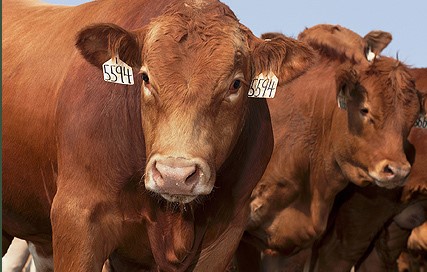An Agricultural Research Service (ARS)-led team has completed a comprehensive life-cycle analysis quantifying the resource use and various environmental emissions of beef cattle production in the United States. The aim is to establish baseline measures that the U.S. beef industry can use to explore ways of reducing its environmental footprint and improve sustainability.
Read more: A fuller picture is emerging of the environmental footprint of beef in the United States.
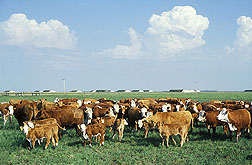 By Sandra Avant
By Sandra Avant
January 12, 2016
Despite a successful program to eliminate cattle fever ticks during the first half of the 20th century, these ticks still manage to cross the Mexican border into Texas. A new vaccine developed by Agricultural Research Service (ARS) scientists with the U.S. Department of Agriculture (USDA) could control these pests and help prevent a reinfestation of cattle fever ticks in the United States. These ticks can transmit pathogens that cause bovine babesiosis and anaplasmosis—diseases that can kill cattle.
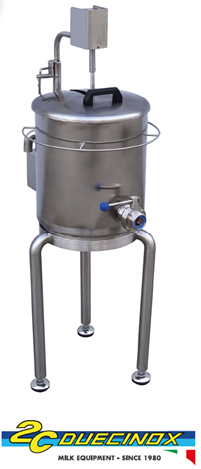 EASY AND FUNCTIONAL STAINLESS STEEL MINI PASTEURIZER
EASY AND FUNCTIONAL STAINLESS STEEL MINI PASTEURIZER
PROVIDED WITH ELECTRIC HEATING IN A WATER BATH WITH DOUBLE WALL, ELECTRONIC THERMOSTAT, PROBE FOR PRODUCT, DRAIN VALVE FOR PRODUCT, MANUAL MANAGEMENT OF THE HEATING AND COOLING PHASES.
 COLOCARE: The pasteurizer for colostrum
COLOCARE: The pasteurizer for colostrum
SIMPLE AND EFFECTIVE
Characteristics:
Pasteurizer, specific for colostrum treatment, COLOCARE SERIES are suitable and effective to pasteurize the colostrum contained in special bags. The machine is capable of performing the thermal cycles: Heating and pasteurization of the colostrum without damaging its essential component consisting of the immuno-globulins.
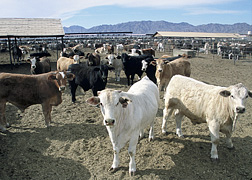
By Ann Perry
October 1, 2014
A recent study conducted by U.S. Department of Agriculture (USDA), Agricultural Research Service (ARS) scientists indicated that just three compounds in beef manure were responsible for generating over two-thirds of detectable odors.
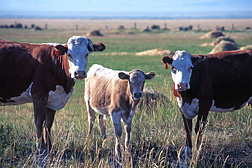
By Sandra Avant
April 21, 2014
One reason why some cows cannot get pregnant may be because they have male (Y) chromosome fragments in their DNA, according to a U.S. Department of Agriculture (USDA) study.
Reproductive efficiency is the most economically important trait in cow-calf production. When a cow does not produce a calf, the producer does not make a profit, but still has to pay for feed, labor and other expenses.
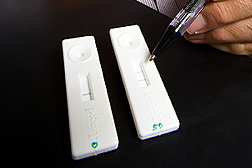 By Marcia Wood
By Marcia Wood
February 7, 2014
Botulism, the sometimes deadly illness commonly associated with botched home-canning or other stored-food mishaps, has a new face. According to U.S. Department of Agriculture (USDA) molecular biologist Robert M. Hnasko, botulism today is both a food safety and a homeland security concern because bioterrorists could—using the natural toxins that cause botulism—make everyday foods and beverages deadly. The nerve-damaging toxins, called neurotoxins, are produced by a common soil-dwelling bacterium, Clostridium botulinum, and several of its close relatives.
Hnasko works for the Agricultural Research Service (ARS), USDA's chief intramural scientific research agency.
Read more: Botulism-causing Toxins Detected Promptly by ARS-developed Test Strip
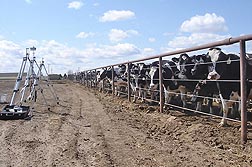 By Ann Perry
By Ann Perry
December 12, 2013
Studies by the U.S. Department of Agriculture (USDA) indicate the dust stirred up by wind and restless cattle at dairies does contain bacteria, fungi and small bacterial remnants such as endotoxins. But these potentially problematic particles are not found at high levels far beyond the barnyard.
Read more: Dust from Dairies Not Likely to Pose Hazard to Nearby Communities
Coming Shows المعارض في العالم |







